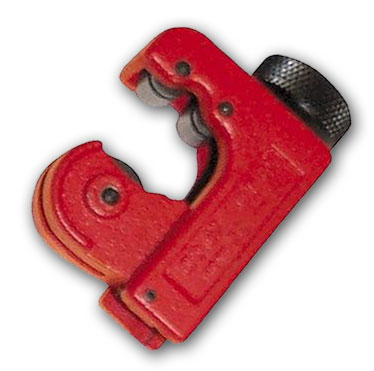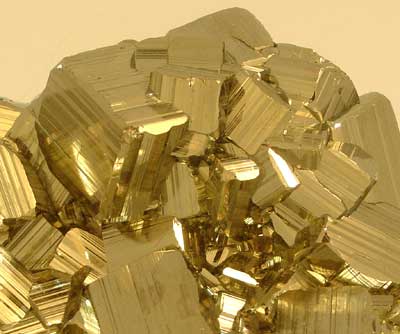I do it all the time when opening them, it is my method of choice for years. However make sure you have new ones dedicated for the job and that you
got VERY VERY slowly when cutting it because if you go to fast even a little you will bevel the shell inward and it will make pulling out the contents
bad if not impossible. Start at the bottom and cut, do not go for the top.
If done right in a few minutes you will be able to just grab the entire contents and drop it into some Naptha or mineral spirits which it should be
unwound in.
|









 At the moment, I'm more concerned about
the 30 cigarettes I went through today. That certainly IS self harm. And very addictive.
At the moment, I'm more concerned about
the 30 cigarettes I went through today. That certainly IS self harm. And very addictive. 
















